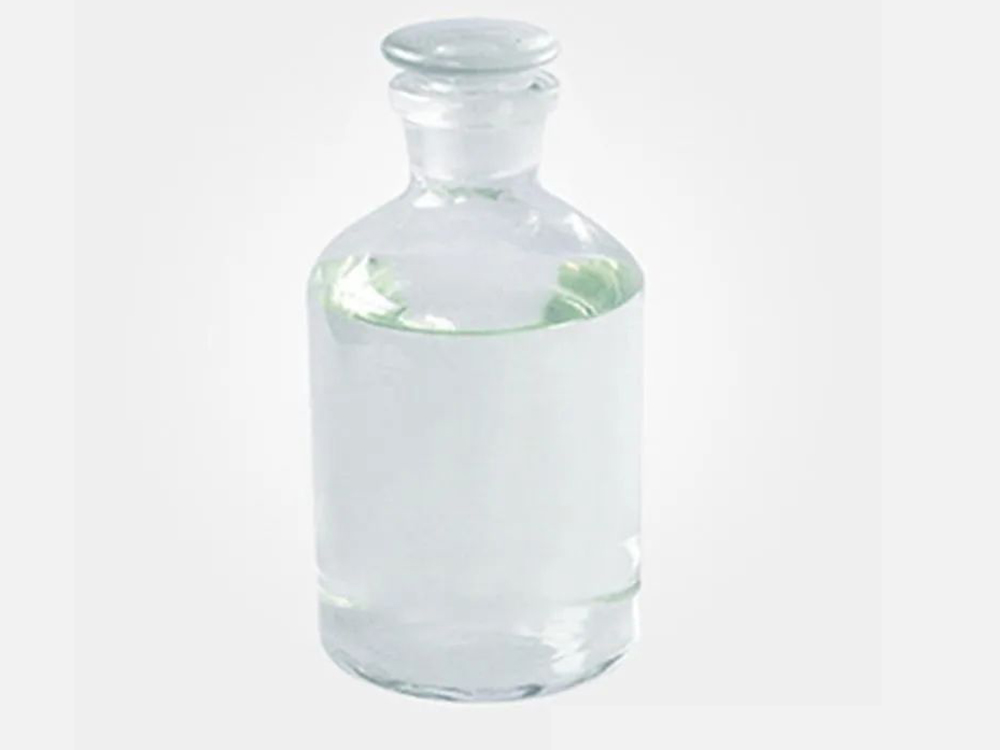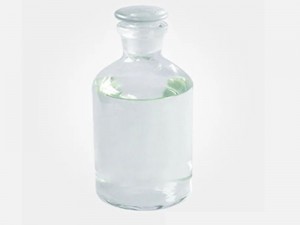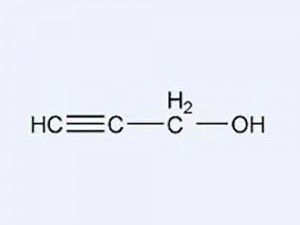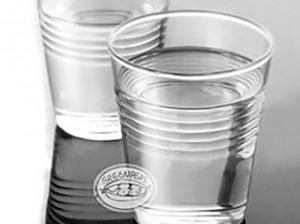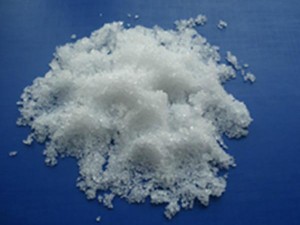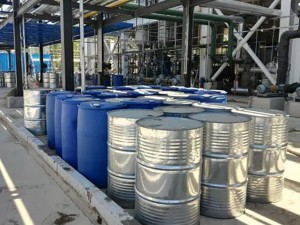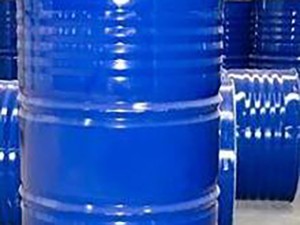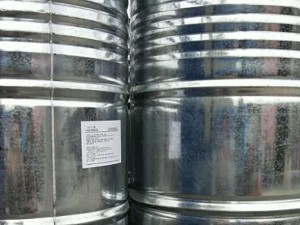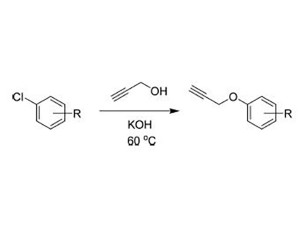
Products
Specializing in the production of propargyl alcohol, 1,4 butynediol and 3-chloropropyne
A highly toxic laboratory chemical — propargyl alcohol
Introduction
Toxicological data
Acute toxicity: oral LD50:70mg/kg in rats;
Rabbit percutaneous LD50:16mg/kg;
The rats inhaled LD50:2000mg/m3/2h.
Ecological data
Toxic to aquatic organisms. Can cause adverse results to the water environment.
Poisonous. Severe skin and eye irritation.
Properties and Stability
Avoid heat. Avoid contact with strong oxidant, strong acid, strong base, acyl chloride, anhydride.
Poisonous. It can seriously irritate skin and eyes. It is advisable to wear protective glasses and gloves during operation.
The storage method
Store in a cool, ventilated warehouse. Keep away from fire and heat source. The temperature should not exceed 30℃. Keep the container airtight. It should be stored separately from oxidants, acids, alkalis and edible chemicals, and should not be mixed. Do not store in large quantities or for a long time. Explosion-proof lighting and ventilation facilities are adopted. Do not use mechanical equipment and tools that are prone to spark. The storage area shall be equipped with leakage emergency treatment equipment and appropriate holding materials. The "five-double" management system for extremely toxic substances should be strictly implemented.
Because proPARgyl alcohol has a low flash point and can react strongly in the presence of impurities, special attention should be paid to safety. Short - term storage and transportation, available in clean rust-free steel containers. For long-term storage, containers lined with stainless steel, glass or phenolic resin should be used, and materials such as aluminum should be avoided. Store and transport according to regulations of inflammable chemicals.
Use
Used as rust remover, chemical intermediate, corrosion inhibitor, solvent, stabilizer, etc. Stabilizer for organic synthesis of intermediates, solvents and chlorinated hydrocarbons.
It can be used as hydrochloric acid and other industrial pickling corrosion inhibitor in acidizing fracturing process of oil and gas Wells. Can be used as corrosion inhibitor alone, it is better to have synergistic effect with the material, in order to obtain higher corrosion inhibition efficiency. For example, in order to increase the corrosion inhibition of alkynyl alcohol in dilute sulfuric acid solution, sodium chloride, potassium chloride, calcium chloride, potassium bromide, potassium iodide or zinc chloride and other complex use.
Can be used as a corrosion inhibitor alone, it is better to have synergistic effect with the material, in order to obtain higher corrosion inhibition efficiency. For example, in order to increase the corrosion inhibition effect of alkynyl alcohol in dilute sulfuric acid solution, it is recommended to add sodium chloride, potassium chloride, calcium chloride, potassium bromide, potassium iodide or zinc chloride.

